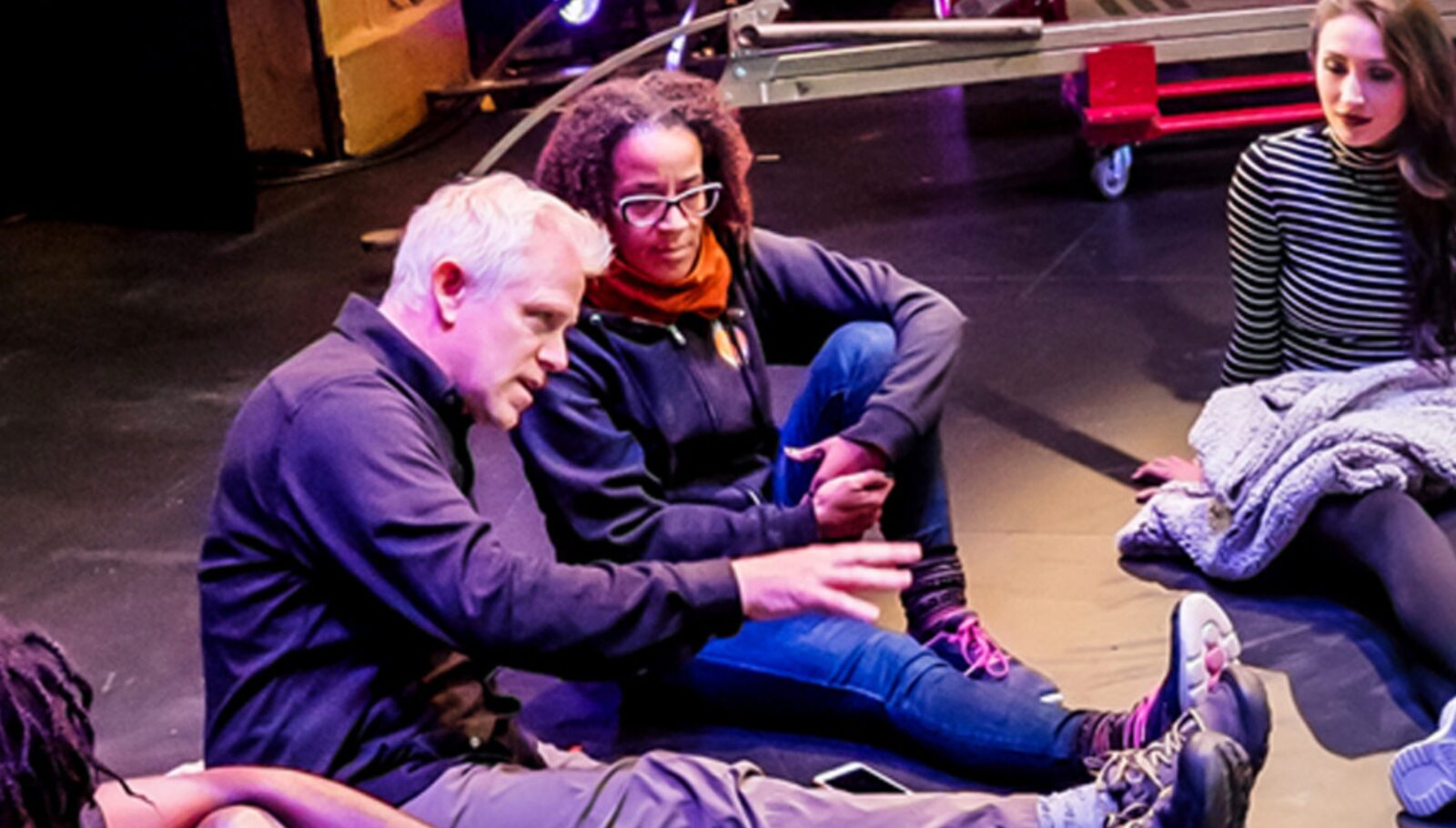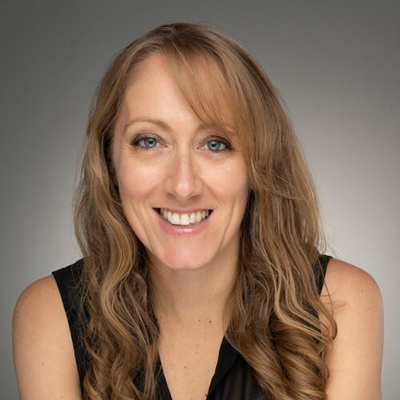Chris Lashua: Circus in Motion

Host Anna Robb connects with Chris Lashua—visionary founder of Cirque Mechanics, former Cirque du Soleil artist, and the mastermind behind some of the most inventive human-powered apparatuses in modern circus. With a background in freestyle BMX and a deep respect for engineering, Chris has carved out a genre-defying path that fuses machinery, movement, and narrative into theatrical experiences that challenge both physical limits and creative conventions.
In this preview, Anna and Chris dive into the mechanics behind the magic—from Ferris wheels and flying aerialists to the collaborative brains behind each creation. They unpack the alchemy of design, storytelling, and spatial constraints, and reflect on how Cirque Mechanics continues to evolve without losing its soul. It’s a conversation about building, breaking, and reinventing circus from the ground up.
Take a listen to their behind-the-scenes exchange—and don’t miss the full episode next week.
How does Cirque Mechanics integrate mechanical design into performance in a meaningful way?
Our goal has always been to let the mechanics be visible, even central to the show. Everything we build is man-powered—no motors, no automation—because it’s not only practical for our scale but because it creates compelling imagery. We use familiar tools like ropes, pulleys, gears, and counterweights, but configure them in unexpected ways to lift, rotate, and launch performers. In one recent show, we created a rotating teeter-totter with a cage that artists pedaled to lift an aerialist—a visual metaphor for cooperation and cause-and-effect.
This transparency of effort—seeing a person pedal or pull a rope to raise someone else—is both theatrical and educational. Audiences, especially kids and their parents, are intrigued by how it all works. It invites curiosity and wonder, which is one of our company’s core values.
Where does a new Cirque Mechanics show begin—story or structure?
It almost always starts with a central apparatus. That’s our backbone. For our current project, Tilt, the central element is a 20-foot-tall man-powered Ferris wheel. Once we commit to the apparatus, the world builds around it. For Zephyr, the silhouette of a windmill inspired an entire narrative about mankind’s relationship with wind power.
The choice of structure informs character, setting, and theme. From there, we layer in scenic design, lighting, choreography, and story—but the machine is often the literal and metaphorical center. Everything, even the dramaturgy, revolves around what the apparatus does and how it can serve the circus vocabulary.
What kind of team does it take to bring a Cirque Mechanics show to life?
Our core team has been together for nearly two decades. There’s myself, co-directors like Aloysia Gavre (aerialist/choreographer), dramaturg Steven Ragatz, and rigging/scenic designer Sean Riley, who’s worked on everything from Cirque to a Jeff Bezos-funded 10,000-year clock.
Each of us brings overlapping skills—we all speak the languages of circus, engineering, and theater. That synergy is essential, especially when designing for theaters of varying size. We co-create ideas in real time using software like SketchUp, test them with local artists in Vegas, and refine constantly. Even with all our experience, we miss things. That’s why cross-checking ideas within a trusted team is critical.
How do you balance spectacle with functionality in your apparatus design?
That’s the sweet spot we chase every time. Just because something works doesn’t mean it’s compelling to watch. And just because it looks good doesn’t mean it’s safe or tourable. Our Ferris wheel, for instance, had to be designed within the height limits of proscenium stages, fit in a 26-foot truck, and allow for aerial acts and rotation. We calculated cone-shaped flight paths, determined how many anchor points performers could use without kicking the hub, and reconfigured the system when we realized an early design blocked the wheel’s rotation.
Our philosophy is that every element must evolve throughout the show. A windmill in Act 1 might break and reappear as a turbine in Act 2. The magic lies in that transformation.
How do you ensure innovation without falling into repetition?
It’s a constant, conscious process. Even though our core team has worked together for years, we push each other not to recycle ideas. Aloysia once asked if she should step back to make space for fresh choreographic input—not because she was tired of the role, but to protect the company’s creative integrity.
We regularly examine our past formulas—like always ending Act 1 with a bang—and ask, “Is this still the best choice?” In the new show, we’re inviting outside perspectives to help us see blind spots and stay fresh. Our rule is: don’t assume what worked before will work again. Creativity requires evolution.
Key Insights from the Podcast
Apparatus as Narrative Backbone
Each Cirque Mechanics show begins with a central apparatus—like a Ferris wheel or windmill—that becomes both a functional machine and a storytelling device. The design informs the world, theme, and character movement, anchoring the entire narrative.Human-Powered Engineering is the Signature
Unlike large-scale productions that rely on automation, Cirque Mechanics uses man-powered systems—pedals, pulleys, gears—not just for budgetary reasons, but to highlight human effort as part of the performance. The mechanics are never hidden; they’re celebrated.Collaboration is Core to Innovation
Lashua’s long-standing collaborators—rigging expert Sean Riley, choreographer Aloysia Gavre, and dramaturg Steven Ragatz—are deeply involved from conception to creation. Their overlapping skills allow for fluid brainstorming, fast iteration, and integrated storytelling.Designing Within Constraints Sparks Creativity
Touring shows must fit into 28×32 foot stages, travel in 26-foot trucks, and set up within hours. These limitations fuel inventive solutions, ensuring that every element is versatile, lightweight, and multifunctional without compromising on visual spectacle.A Relentless Push Against Repetition
After 20 years, the team constantly checks itself to avoid creative recycling. They deliberately question past structures, invite outside voices, and revisit old ideas with new perspectives to ensure each show feels fresh, daring, and uniquely their own.
Editor's Note: At StageLync, an international platform for the performing arts, we celebrate the diversity of our writers' backgrounds. We recognize and support their choice to use either American or British English in their articles, respecting their individual preferences and origins. This policy allows us to embrace a wide range of linguistic expressions, enriching our content and reflecting the global nature of our community.
🎧 Join us on the StageLync Podcast for inspiring stories from the world of performing arts! Tune in to hear from the creative minds who bring magic to life, both onstage and behind the scenes. 🎙️ 👉 Listen now!
